Shop By
Currently Shopping by:
- subject: Religious Remove This Item
Shopping Options
- Specification
-
- Print (4)
- technic
-
- Engraving (4)
- period
-
- 16th Century (4)
- School
-
- Dutch (4)
- rating
-
- **** (4)
- new
-
- no (4)
- Artist
-
- Jan Saenredam (4)
Hendrick Goltzius (1558-1617)
Hendrick Goltzius (1558-1647)
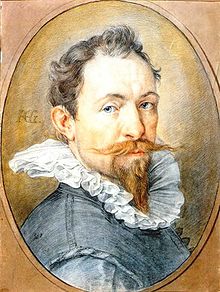 Dutch printmaker, draftsman, and painter. He was the leading Dutch engraver of the early Baroque period, or Northern Mannerism, noted for his sophisticated technique and the "exuberance" of his compositions. Goltzius was born near Venlo in Bracht or Millebrecht in North Rhine-Westphalia. His family moved to Duisburg when he was 3 years old. After studying painting on glass for some years under his father, he learned engraving from the Dutch polymath Dirck Volckertszoon Coornhert, who then lived in Cleves. In 1577 he moved with Coornhert to Haarlem. In the same town, he was also employed by Philip Galle to engrave a set of prints of the history of Lucretia. Goltzius had a malformed right hand from a fire when he was a baby which turned out to be especially well-suited to holding the burin; "by being forced to draw with the large muscles of his arm and shoulder, he mastered a commanding swing of line.
Dutch printmaker, draftsman, and painter. He was the leading Dutch engraver of the early Baroque period, or Northern Mannerism, noted for his sophisticated technique and the "exuberance" of his compositions. Goltzius was born near Venlo in Bracht or Millebrecht in North Rhine-Westphalia. His family moved to Duisburg when he was 3 years old. After studying painting on glass for some years under his father, he learned engraving from the Dutch polymath Dirck Volckertszoon Coornhert, who then lived in Cleves. In 1577 he moved with Coornhert to Haarlem. In the same town, he was also employed by Philip Galle to engrave a set of prints of the history of Lucretia. Goltzius had a malformed right hand from a fire when he was a baby which turned out to be especially well-suited to holding the burin; "by being forced to draw with the large muscles of his arm and shoulder, he mastered a commanding swing of line.At the age of 21 he married a widow somewhat advanced in years, whose money enabled him to establish an independent business at Haarlem ; but his unpleasant relations with her so affected his health that he found it advisable in 1590 to make a tour through Germany to Italy, where he acquired an intense admiration for the works of Michelangelo. He returned to Haarlem in August 1591, considerably improved in health, and worked there until his death.
Goltzius brought to an unprecedented level the use of the "swelling line", where the burin is manipulated to make lines thicker or thinner to create a tonal effect from a distance. He also was a pioneer of "dot and lozenge" technique, where dots are placed in the middle of lozenge shaped spaces created by cross-hatching to further refine tonal shading. Hollstein credits 388 prints to him, with a further 574 by other printmakers after his designs. In his command of the burin, Goltzius is said to rival Dürer. He made engravings of Bartholomeus Spranger's paintings. Goltzius began painting at the age of forty-two; some of his paintings can be found in Vienna. He also executed a few chiaroscuro woodcuts. He was the stepfather of engraver Jacob Matham. He died, aged 58, in Haarlem.
Goltzius brought to an unprecedented level the use of the "swelling line", where the burin is manipulated to make lines thicker or thinner to create a tonal effect from a distance. He also was a pioneer of "dot and lozenge" technique, where dots are placed in the middle of lozenge shaped spaces created by cross-hatching to further refine tonal shading. Hollstein credits 388 prints to him, with a further 574 by other printmakers after his designs. In his command of the burin, Goltzius is said to rival Dürer. He made engravings of Bartholomeus Spranger's paintings. Goltzius began painting at the age of forty-two; some of his paintings can be found in Vienna. He also executed a few chiaroscuro woodcuts. He was the stepfather of engraver Jacob Matham. He died, aged 58, in Haarlem.

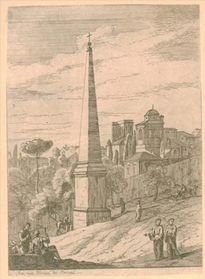

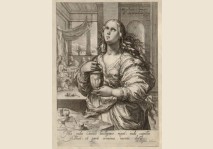
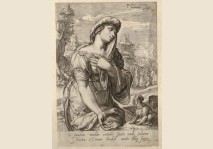
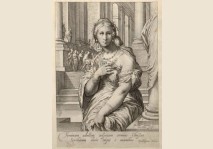
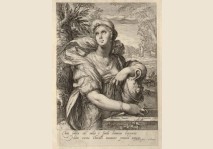




 Facebook
Facebook Twitter
Twitter Subscribe us
Subscribe us Flickr
Flickr




